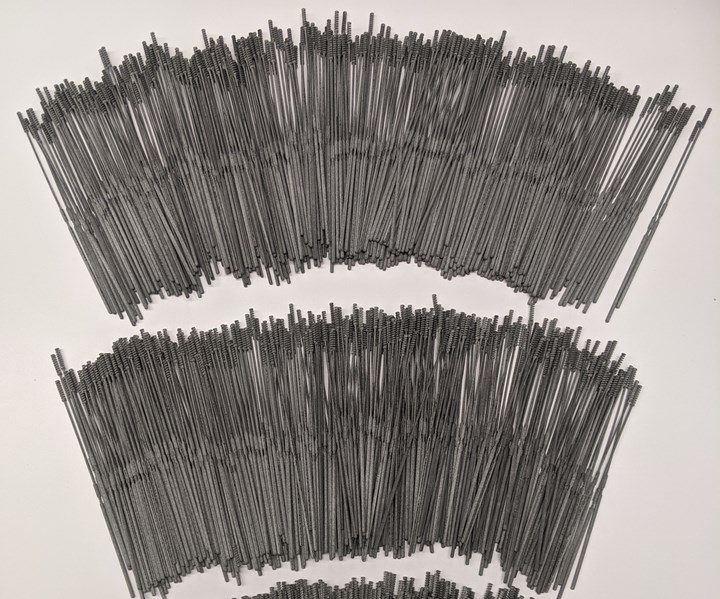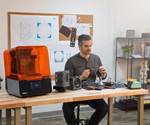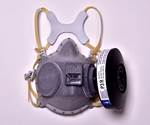HP Provides Updates Regarding its Efforts Around COVID-19
To date, HP and its global community of partners and customers has produced more than 150,000 parts for medical applications and growing.

The HP 3D-printed nasopharyngeal (NP) swab.
At the end of March, I reported how HP is mobilizing its 3D printing teams, technology, experience, and production capacity to help deliver critical parts in the effort to battle the COVID-19 pandemic.
Since then, HP has confirmed a specialized HP 3D-printed nasopharyngeal (NP) swab has been clinically validated by Beth Israel Deaconess Medical Center (BIDMC), part of Beth Israel Lahey Health.

The effort is being coordinated by Annette Friskopp, global head and GM of HP Specialty Printing Systems, and Lihua Zhao, head of HP 3D Labs, within HP Labs in Palo Alto. Friskopp, who has led HP’s long-standing relationship with the BIDMC team through their use of the HP D300e Digital Dispenser, and Zhao quickly put an application R&D team based in San Diego into action and began working daily with Dr. Ramy Arnaout, associate director of the Clinical Microbiology Laboratories at BIDMC and faculty member of the Department of Systems Biology at the Harvard Medical School, to iterate and evaluate on swab designs. “Within 48 hours we had designed, printed, and shipped the prototypes for testing,” Zhao said.
The 3D-printed swab designed for HP Multi Jet Fusion is a nylon-based medical device that consists of a shaft, engineered with several features in one single-piece including a handle, a flexible neck, and a well-designed tip for efficacy in sample collection, and also for patient comfort and safety. Though it measures just 15 centimeters, “it actually incorporates so many different complexities, from the design to the performance to the production requirements — all packed into a little tiny swab,” Zhao said.
“Fast iteration, fast prototyping, and decentralized manufacturing” makes 3D printing ideal for creating the products most urgently needed in local markets.
The HP-designed, 3D-printed nasal swab has been clinically validated by BIDMC and reportedly showed excellent concordance with the controls in the clinical trial. HP is now working with its global network of partners to plan for large-scale production to help address this critical shortage.
Related Content
-
Freeform Injection Molding Eases the Path to Medical Device Product Testing
A development and manufacturing service provider is using dissolvable molds to build injection molded silicone prototypes.
-
Daimler, OMIC Evaluate Wire-Fed DED for Moldmaking
3D printing a core and cavity on machine from Gefertec, followed by machining, allowed for a complete mold tool to be produced in three days.
-
3D Printed Spine Implants Made From PEEK Now in Production
Medical device manufacturer Curiteva is producing two families of spinal implants using a proprietary process for 3D printing porous polyether ether ketone (PEEK).
















